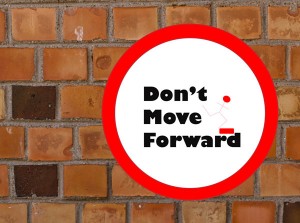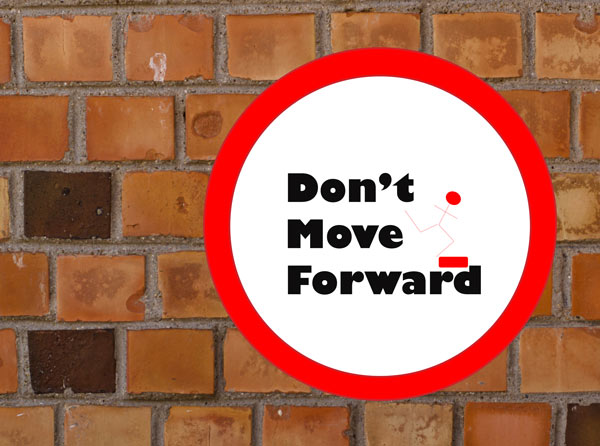 We have all heard it now a thousand times: your work needs some kind of obstacle to keep your readers engaged. And it makes sense. Who wants to read a story about two kids who fall in love and, you know, it’s great. Everyone is sort of cool with their relationship and they have good healthy sense of self-esteem and restraint, so they really stick together and bond while deciding for themselves when the time is right to have sex.
We have all heard it now a thousand times: your work needs some kind of obstacle to keep your readers engaged. And it makes sense. Who wants to read a story about two kids who fall in love and, you know, it’s great. Everyone is sort of cool with their relationship and they have good healthy sense of self-esteem and restraint, so they really stick together and bond while deciding for themselves when the time is right to have sex.
But is it enough to just throw a bunch of problems at our kids?
Let’s say that they meet and are clearly attracted but the mean-girl in fourth period totally misdirects a note from him to her to someone else. But, they get past that.
Let’s then say that the only way they can be together is by volunteering at a soup kitchen. But on the way there, her car breaks down! But she has AAA, so she gets towed and arrives, although late, at her appointed shift with him.
We could go on and on and on with these kinds of problems, and what we’d have is a bunch of short stories of varying degrees of being interesting, that don’t really punch us in the gut when our book is done.
Somehow, you have to find that relationship between something bigger and something smaller that makes the conflicts along the way resonate. You know, I bet a Tibetan bowl doesn’t dig being smacked all that much, but the sound resonates for a lot longer than you’d think because the structure of the bowl is able to take the force of the blow and create from it a specific vibration that we understand as air.
So, when you are working on planning your book, are you throwing 800 problems at your protagonist or protagonists in hopes these challenges will have meaning, or are you using an overarching goal, theme or other structural device to make these obstacles meaningful to your reader, both at the time they read the scene and when they slam the book, waiting to hear the echo of your words spill out into the afternoon?

